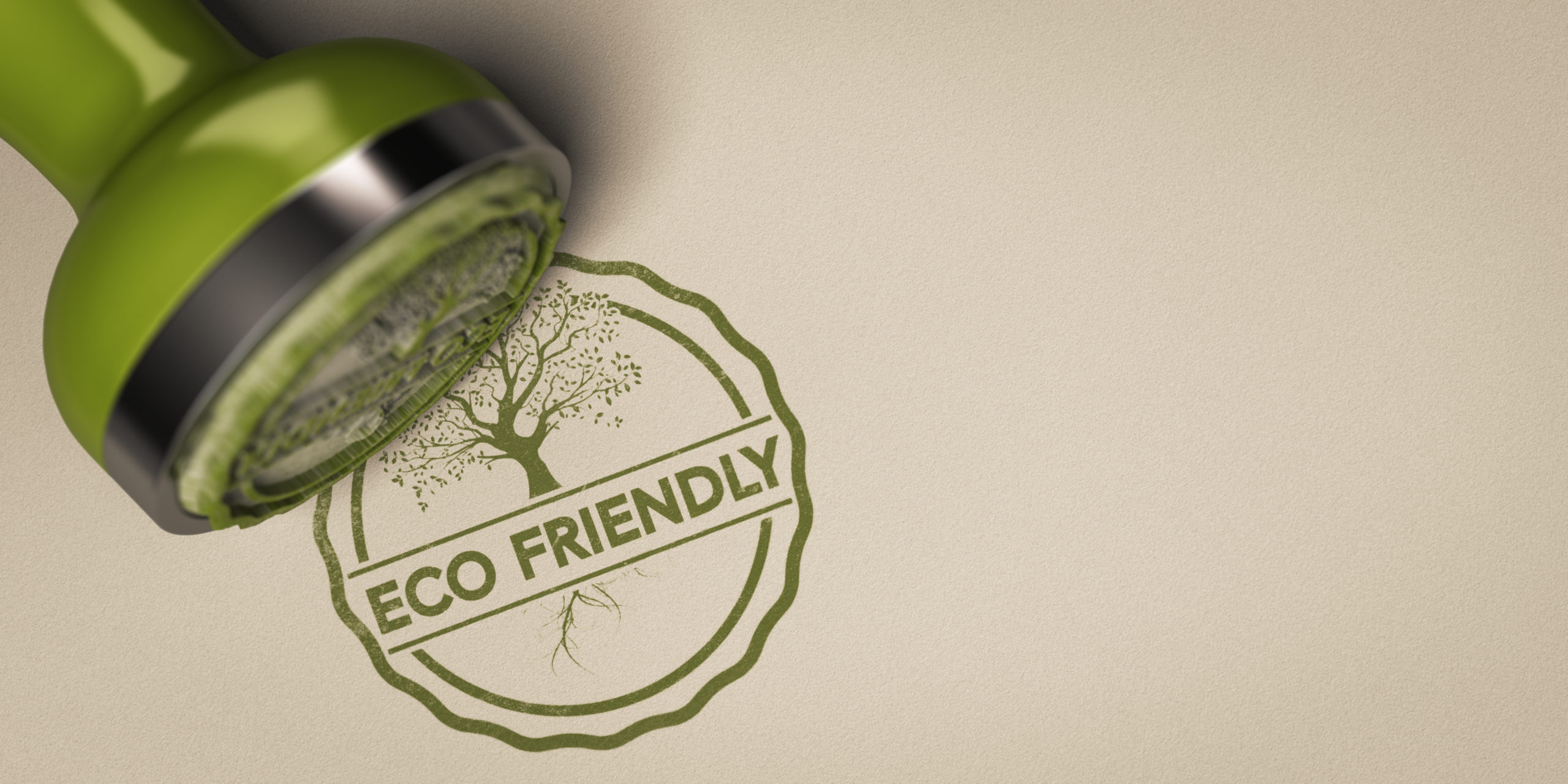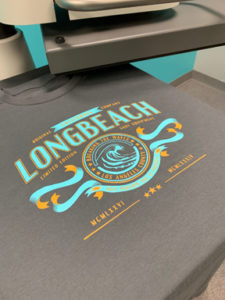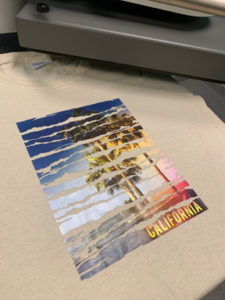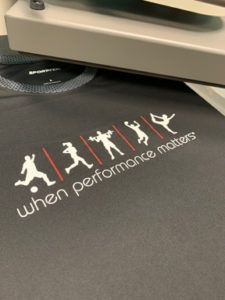In today’s ever-changing world, many manufacturers in the imaging textile industry are working toward going green or, as green as possible with their production practices. Eco-friendly screen printed and vinyl transfers are available if you need to implement them with certain customers that require specific guidelines or restrictions in the contents of their heat transfers.
The three most common ingredient restrictions talked about are phthalates, heavy metals, and PVC (polyvinyl chloride). Water-based and silicone heat transfers are used quite frequently when asked to provide a product that will meet a company’s RSL (restricted substance list). Non PVC heat transfers can be used on pretty much any garment or substrate you would use a PVC-contained heat transfer on, whether it be screen printed or CAD-CUT.
5 markets to use eco-friendly transfers
- Childrenswear
- Fashion and leisurewear
- Medical and industrial wear
- Team sports
- Outerwear
2 reasons to use an eco-friendly heat transfer
- You’ll be doing your part in sustainability
- You can accommodate customer needs when asked for an eco-friendly product







